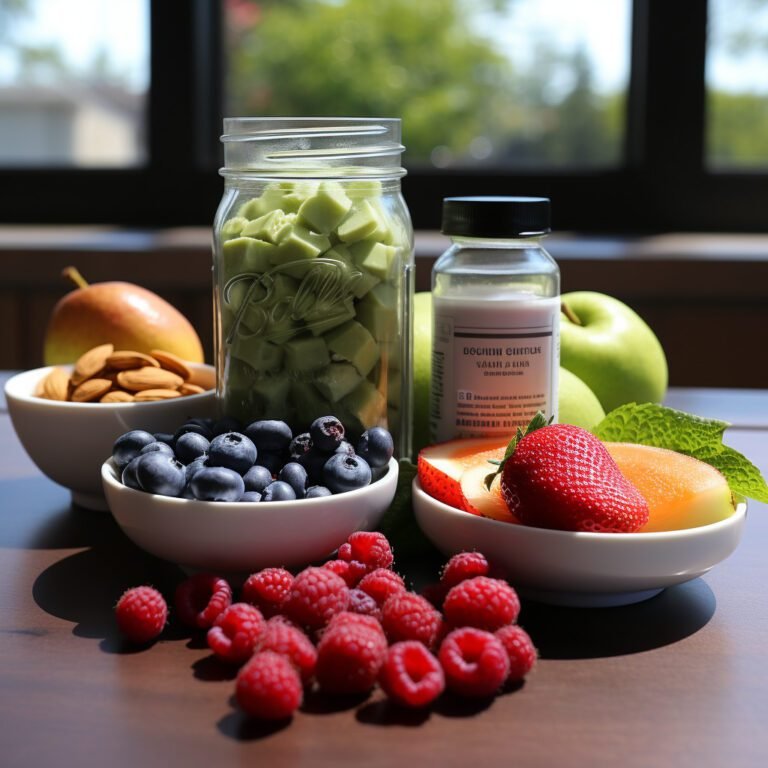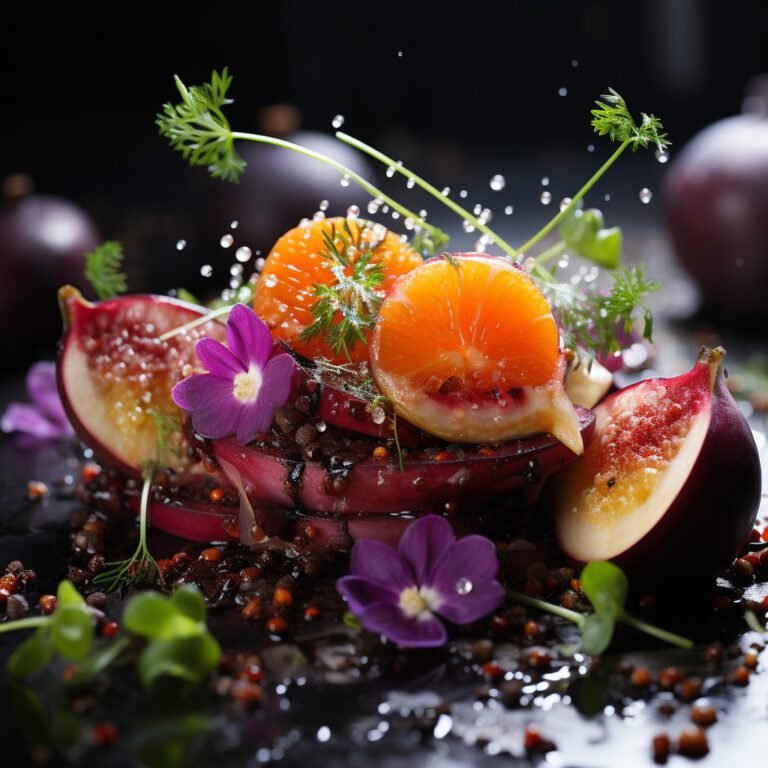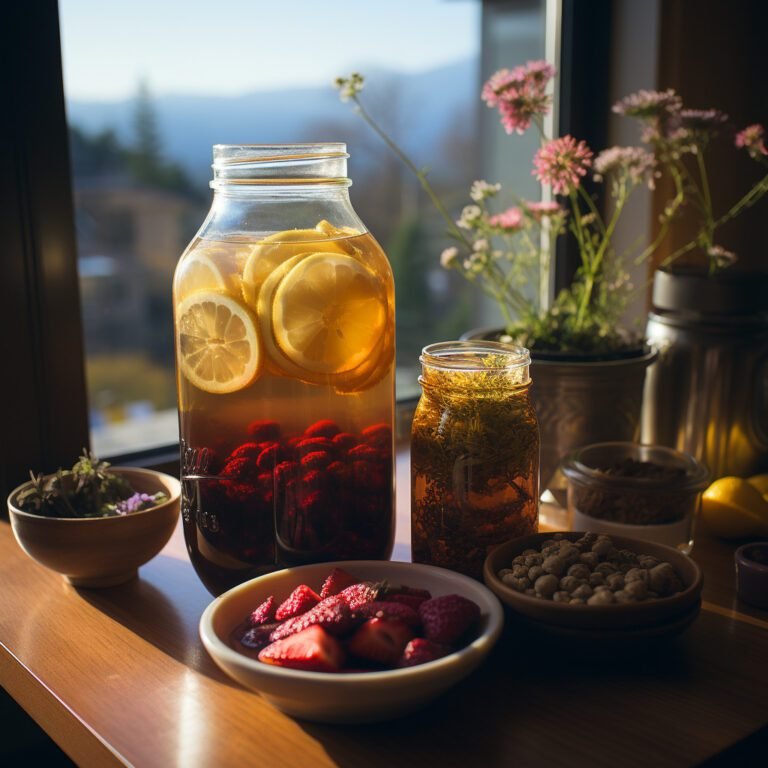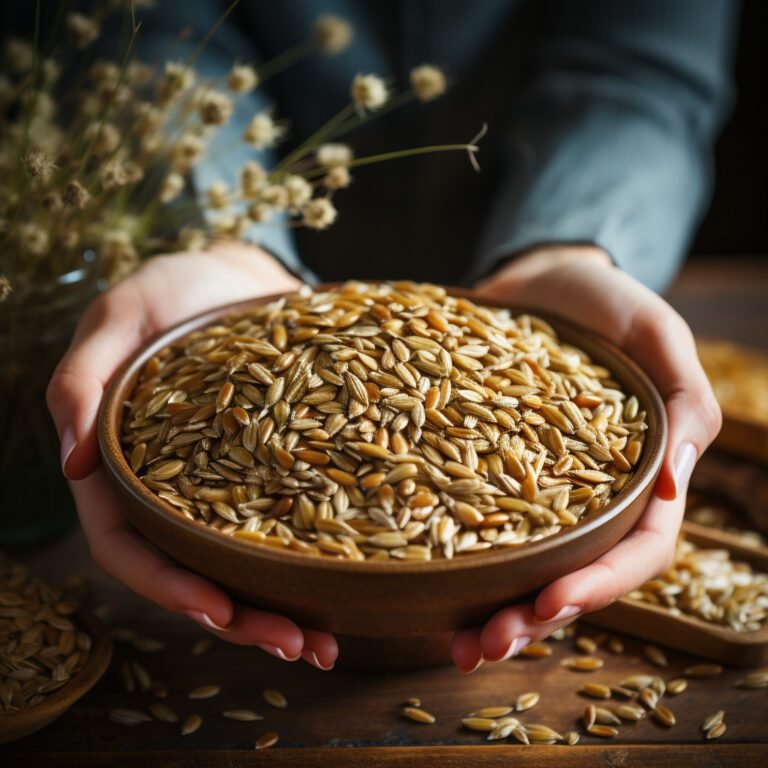DIY Fermentation: A Home Chef’s Guide to Crafting Probiotic Rich Foods
The Art of DIY Fermentation: A Journey into Probiotic Rich Foods
If you’re a home cook looking to expand your culinary repertoire, consider diving into the world of DIY fermentation. This age-old craft is not only a way to preserve food, but it also imbues dishes with unique flavors and health benefits, thanks to the presence of probiotics. From tangy sauerkraut to creamy yogurt, fermented foods are a delicious and nutritious addition to any meal.
What is Fermentation?
Fermentation is a natural process through which microorganisms like yeast and bacteria convert carbs—such as starch and sugar—into alcohol or acids. The alcohol or acids act as a natural preservative and give fermented foods their distinctive zest and tang. The process may sound complex, but it’s surprisingly easy to do at home.
Health Benefits of Fermented Foods
Not only do fermented foods offer an explosion of flavors, but they also pack a punch when it comes to health benefits. These foods are rich in probiotics or beneficial bacteria that play an essential role in maintaining gut health. Regular consumption of fermented foods can aid in digestion, boost the immune system, and even help in weight management.
Getting Started with DIY Fermentation
Before embarking on your fermentation journey, you’ll need a few basic tools: a glass jar, a weight to keep the food submerged, and a cloth or lid to cover the jar. Fermenting at home is not only cost-effective, but it also allows you to control the ingredients and the level of tanginess in your food.
Simple Sauerkraut Recipe
One of the easiest recipes to start with is sauerkraut. Here’s a simple recipe to get you started:
- Thinly slice one head of cabbage.
- Sprinkle 1.5 tablespoons of salt over the cabbage and massage it in.
- Let it sit for 15 minutes so the cabbage can release its juices.
- Pack the cabbage tightly into a clean glass jar, pressing it down so the juice rises above the cabbage.
- Place a weight on top of the cabbage to keep it submerged in the juice.
- Cover the jar with a cloth or lid and let it ferment at room temperature for 1-2 weeks.
- Once it’s tangy enough for your liking, transfer it to the refrigerator to halt the fermentation process.
Exploring Further: Other Fermented Foods
Once you’ve mastered sauerkraut, there’s a whole world of fermented foods to explore. From pickles and kimchi to kefir and kombucha, the possibilities are endless. With a bit of patience and practice, you’ll soon become a master of fermentation in your own kitchen.
Conclusion
Embracing the art of fermentation can transform the way you cook and eat. It opens up a new realm of flavors, textures, and health benefits. So why not give it a try? Start fermenting today and discover the endless culinary possibilities that await you.





